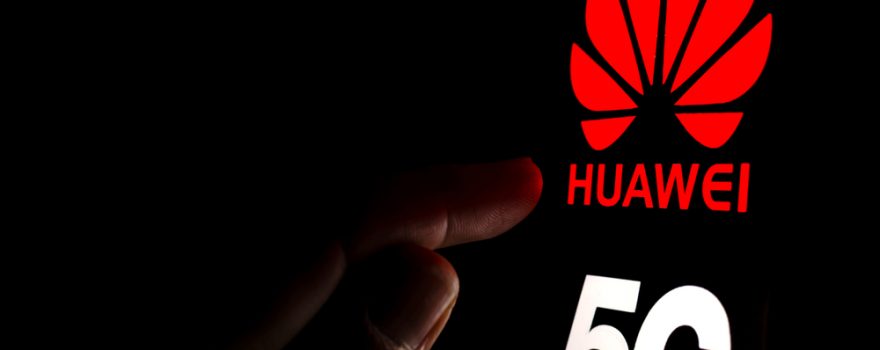
Huawei’s smartphone sales in China surged by a remarkable 69.7% in the first quarter of 2024, according to Counterpoint Research. This surge contrasts sharply with Apple’s 19% decline in the same period, illustrating a changing dynamic in China’s smartphone market. The main driver of Huawei’s resurgence appears to be the successful launch of its 5G-enabled Mate 60 series, which has captured a significant share of the premium segment.
Huawei’s comeback is notable given the U.S. sanctions that had severely impacted its smartphone business since 2019. These sanctions cut off the company’s access to key technology, almost eradicating its presence in the market. Yet, Huawei’s latest rebound has propelled it to the fourth-largest smartphone maker in China, overtaking long-established players and narrowing the gap with industry leaders.
Despite Huawei’s resurgence, other Chinese smartphone brands, such as HONOR and vivo, continue to maintain a strong presence in the market. HONOR experienced an 11.5% year-over-year growth in the first quarter of 2024, with models like the X50 and Play 40 gaining popularity. Meanwhile, vivo led the market with a 17.4% share, buoyed by robust sales of its Y35 Plus and Y36 models in the low-end segment.
However, the picture isn’t entirely bleak for Apple. While its performance in the first quarter was disappointing, analysts suggest that the brand could recover. With new color options, aggressive sales initiatives, and the highly anticipated introduction of artificial intelligence features at WWDC in June, Apple might regain its footing in the market.
China’s smartphone market is expected to continue its growth trajectory, with innovative features like artificial intelligence driving demand. The introduction of advanced AI processors in flagship phones, such as Xiaomi’s Snapdragon 8 Gen 3-powered devices, could also boost sales.
For more information on the evolving Chinese smartphone market, check out Counterpoint’s full report.




